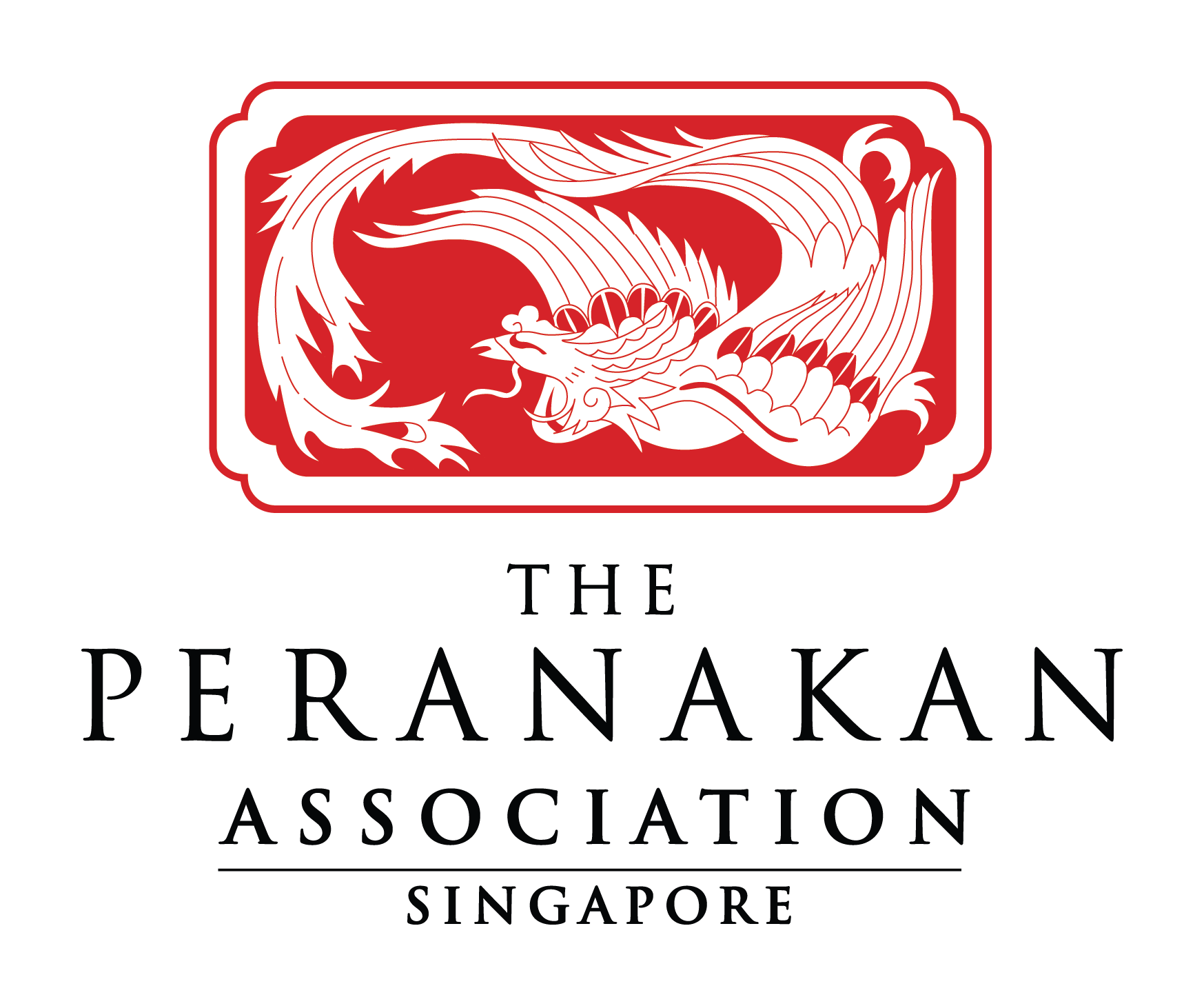
Dear Nyonyas and Babas,
In this month’s video, I am joined by Jackie Yoong, Senior Curator, Fashion and Textiles, Asian Civilisations Museum and Peranakan Museum, Ratianah Tahir, kebaya designer from Kebaya by Ratianah and Baba Raymond Wong, kebaya designer from Rumah Kim Choo and Assistant Honorary Treasurer of the General Committee of The Peranakan Association Singapore (TPAS) at the resplendent Peranakan Museum (TPM) which reopened last month after four years of renovations.
I first invite Jackie to share what is new at TPM; in summary, there are now nine permanent galleries which cover three main themes: “Origins”, “Home” and “Style”. She focuses on the “Style” gallery which showcases, among others, textiles and jewellery. What the gallery hopes to convey is firstly, the hybrid, diverse and innovative nature of Peranakan fashion and how it is rooted in the port cities of Southeast Asia. The gallery also charts the evolution of Peranakan fashion from the mid 19th century up to the 1950s, which is the style of the sarong kebaya that has endured up till today. Secondly, Peranakan fashion is more than just the sarong kebaya; it also encompasses accessories, collars, belts and bags. Thirdly, the gallery also showcases the contemporary expression of the sarong kebaya.
Jackie then proceeds to request Baba Raymond to share the creative processes behind the design of the outfits for Ivan Heng in his role as Emily during the performance of the play “Emily of Emerald Hill” in 2019.
Baba Raymond recounts humbly that he has been designing kebayas since 2004. When Ivan first approached him to design the wardrobe for Emily, he barely knew the character, having only studied the play briefly in secondary school. In order to come up with the most appropriate wardrobe for Emily, he read the play several times over and did as much research as he could. The first kebaya he made, which was worn by Emily when she first married into the family, was adorned with peonies and phoenixes which are rich with symbolism in Peranakan culture. The second outfit was the baju panjang which Emily wore when she was pregnant with her first child up to when he was a toddler. He deliberately designed a loose-fitting, casual outfit which would allow Emily to move around with ease while caring for her child and seeing to the household chores.
The third outfit, a kebaya, was worn by Emily in her old age, contained muted colours to reflect her maturity. He picked turquoise, a colour which is favoured by Peranakans and used flowers which were pale to the point of being almost white. Instead of the usual peonies, he used chrysanthemums for two reasons: chrysanthemums bloom in the late autumn, early winter and represent resilience, making them an appropriate symbol for Emily who increased in fortitude with age. While understated compared to the flamboyant peony, the chrysanthemum is not without a place in Peranakan culture as it is also featured in Peranakan textiles and porcelain of significance. The two kebayas are now on display at TPM.
Prompted by Jackie, Baba Raymond goes on to share that he has been teaching the craft of kebaya-making, from the cutting of the fabric to the embroidery to the fitting process, to students at La Salle since 2011, and is hopeful that new kebaya designers will emerge in the near future. He adds that he derives inspiration from his students who tell him what it is that young people want in a kebaya.
You may wish to note that a kebaya designed by Ratianah for me is also on display at TPM. Ratinah shares that she selected this particular fabric which is adorned with phoenixes and chrysanthemums in a multitude of colours and outlined in gold thread as she thought its exuberance matched my vivacious personality. I have always had a penchant for large, colourful flowers so when I first clapped eyes on this piece of fabric, I instantly knew that it was perfect for the design I had in mind for the kebaya. Ratianah’s hope is that youngsters will be bold enough to wear different iterations of the kebaya yet traditional enough to maintain its classic silhouette. Like her, I also feel that the kebaya may be worn by anyone regardless of race and background.
Jackie seizes the opportunity to thank TPAS for putting up “In the Mood for Kebaya” as part of the festivities for the reopening of TPM. I think it is safe to say that everyone involved had good fun even though it was hard work, all in the name of celebrating the kebaya!
Lastly, I wish to implore everyone to consider donating or loaning their belongings to TPM for display as it is only through the sharing of our heritage can it be preserved for future generations.
Before I sign off, I wish to highlight that due to overwhelming interest in the Kebaya Design Workshop for children that just took place, TPAS will be organising a Kebaya Design Workshop for young adults in the near future. Please do visit our Facebook page regularly for updates on this event.
I hope that after watching this video, you will be enticed to dash down to TPM to take in the thoughtful and well-curated exhibits.
Warm wishes,

Nyonya Genevieve Peggy Jeffs
President, 2022 – 2024
The Peranakan Association Singapore
Click here to send Genevieve a note
